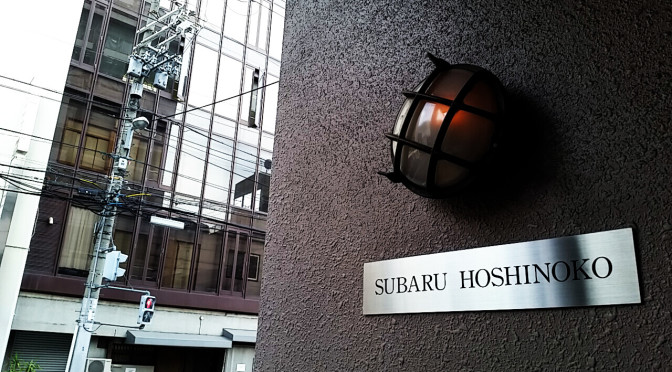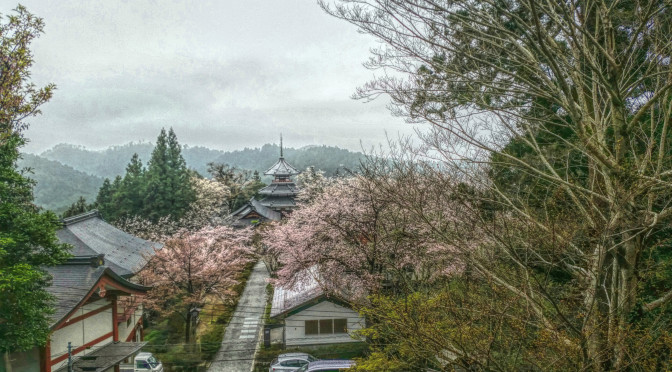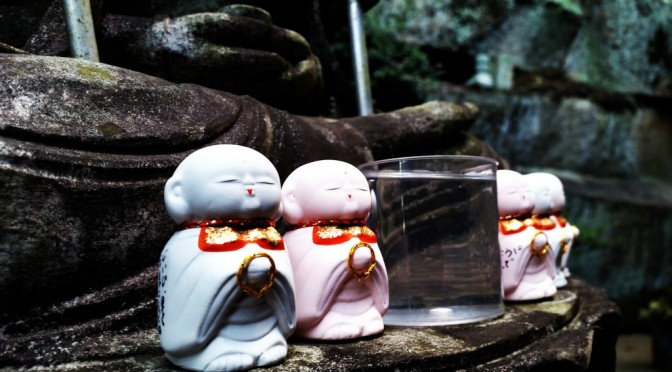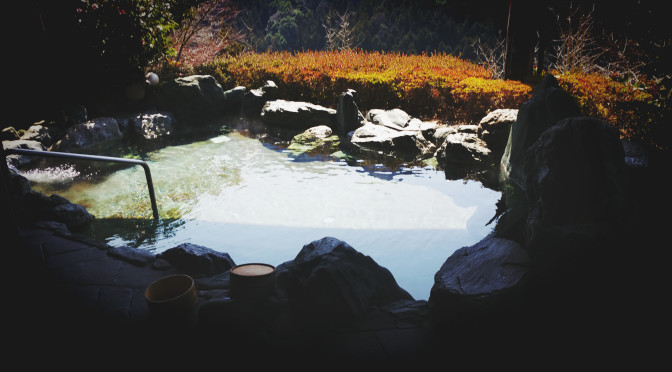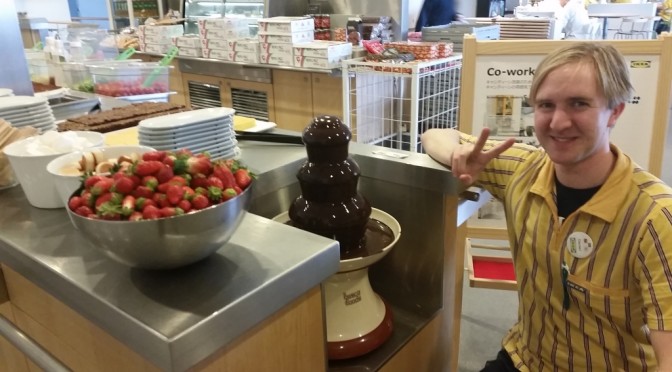Subaru hoshi no ko. Does that sounds like a mansion to you?
A mansion(マンション) in Japan is not a large dwelling house. It is usually a multiple unit block with a secure central entrance with an elevator and a centralized post box system. Apartments (アパート) on the other hand, usually has neither of that and is cheaper with the frame usually made of wood rather than concrete and steel. Apartment are never higher than 3 stories.
When renting housing in Japan, you usually need a guarantor. And in case you don’t have a personal connection, there are guarantor companies you can pay to act like it. However they won’t pay anything in the case of you get default, so it’s meaningless and a waste of money.
Wanting to cut commutation costs and time, I moved to a 1R mansion in downtown Kyoto. The process is much more complicated compared to Sweden. I went to a real estate agent and said what type of housing I wanted and where. The agent then gave me three choices. I chose two places and booked a time for checking it out in real life.
Having decided upon “Subaru hoshi no ko”, it was time to start writing the contract, which is more easily said than done. Having filled out the basic information, I took the papers and went for a hunt of seals(Hanko), stamps and certificates needed to complete it.
Firstly, having spent 30 min filling out mine and the real estate information two times and putting my hanko on these documents, I went to Doshishas Office of International Students(OIS) to get their approval. It turned out that there was a small mistake in the move out date on the contract so everything was void. Having gone back the next day and redoing it, I went back to the Doshisha (OIS) but they didn’t approve it yet. They, however, gave me two new documents I had to fill out and get approved from two new separate places.
My first task was going to an “automated certificate issuing machine”, using my electronic Student ID and paying for a two-year fire insurance. Except for everything being in Japanese, this went quite smoothly. The second task was going to Doshisha Enterprise to pay the (meaningless) guarantor fee. Going there I had to fill out some more documents and pay the fee.
This being done, I finally went back to the (OIS) with all these papers, after being thoroughly reviewed, they carefully put their hanko on the contract. Thinking I was done, I proudly went back to the real estate agent. He told me that we needed the hanko of the owner of the mansion as well so he told me to get back after a few days. Coming back again, with all hankos collected (7 in total!), I went to OIS for the fourth time, they took a copy and the process was finally over.
スバル星の子って、マンションの名前かな?
日本のマンションは、一軒家ではありません。通常は, エレベーターや、集団ポストシステム、安全に管理されている入り口がある集団住宅です。一方で、アパートは通常、そのどちらもがなく、またコンクリートではなく、木材で作ってあり安い物件です。そして3階よりも高くなることはありません。
日本の住宅を借りる時には、普通は保証人が必要です。万一、個人的なつながりを持っていない場合には、お金を払って保障人になってくれる会社があります。しかしながら、その会社は、保証人になるだけであり、もし何か起こっても、私たちの変わりに家賃を払ってくれるわけではありません。だからそれは無意味で、お金の無駄だと思います。
交通費と通学時間を削減したかったので、私は京都市内の1Rマンションに引っ越しました。プロセスは、スウェーデンに比べると、はるかに複雑です。まず不動産屋に行って、私の希望の部屋と場所を伝えました。そして、彼らが三つの選択肢を与えました。私は、2つのマンションを選び、実際に見て確認するための時間を予約しました。
「スバル星の子」に決定した後、口に出すよりはるかに難しい契約書を書くことを始めました。基本的な情報をに記入し、その紙を持って別の場所へ行き、判子や必要な証明書を取りに行ってきました。
まず、私が管理するものと、また別に不動産屋が管理するための紙に情報を記入し、その2つの書類に私の判子を入れました。それにはだいたい30分程を費やしまし、そして私は同志社の留学生センター(OIS)へ承認を得るために行きました。しかし、スバル星の子の契約が切れる時期に間違いがあったので、すべて一からのスタートとなりました。そして、もう一度(OIS)に行ってきましたが、彼らはまたそれを認めませんでした。そのため、また別の2つの書類を渡され、別の場所に行かないといけないと言われました。
まず最初のタスクは学生証を持って「自動証明書発行機」へ行き、2年の火災保険を払うことでした。すべては日本語であること以外は、すべて円滑に行きました。第2のタスクは(無意味な)保険料を支払うために同志社エンタープライスに行ってました。そこに着くとすぐまた新しい書類に必要事項を記入し、手数料を支払わなければなりませんでした。
これらの行程を全部が終えた後、最後にOISに戻り、すべての書類を出して、事務所はそれを徹底的に見直した後、慎重に契約に判子を押しました。ついにそれらを終えたことを誇らしげに不動産に戻りました。が、しかし、不動産屋の人は、スバル星の子の家主の判子が必要なので、数日後また不動産屋へ来てくださいと言われました。そして数日後、すべての判子を収集し(合計7個!)、私は4度目のOISへ行ってきました。彼らはコピーを取り、引越しのプロセスをこれでほんまに最終的に終えました。
